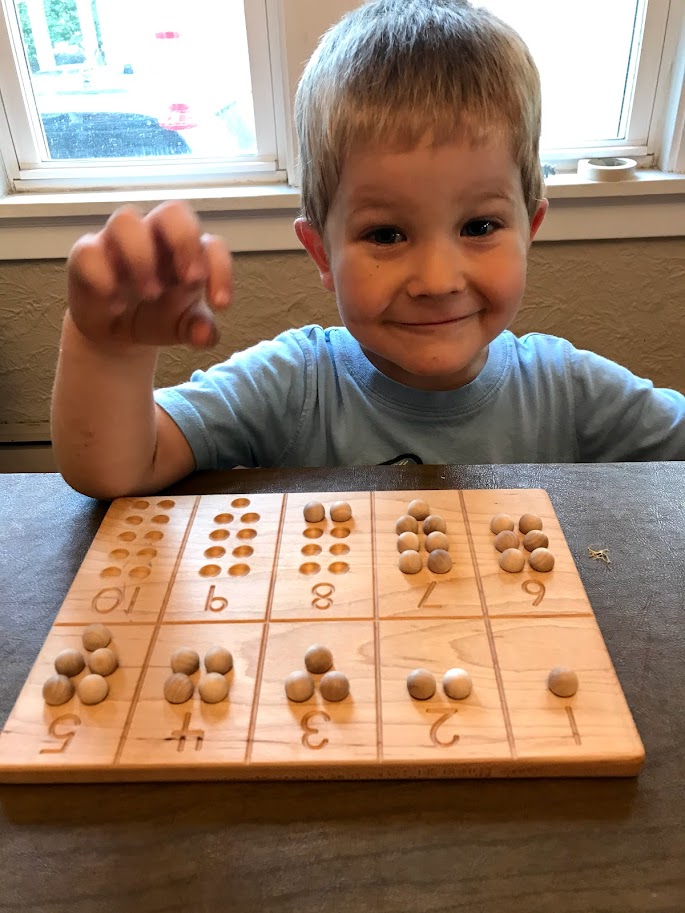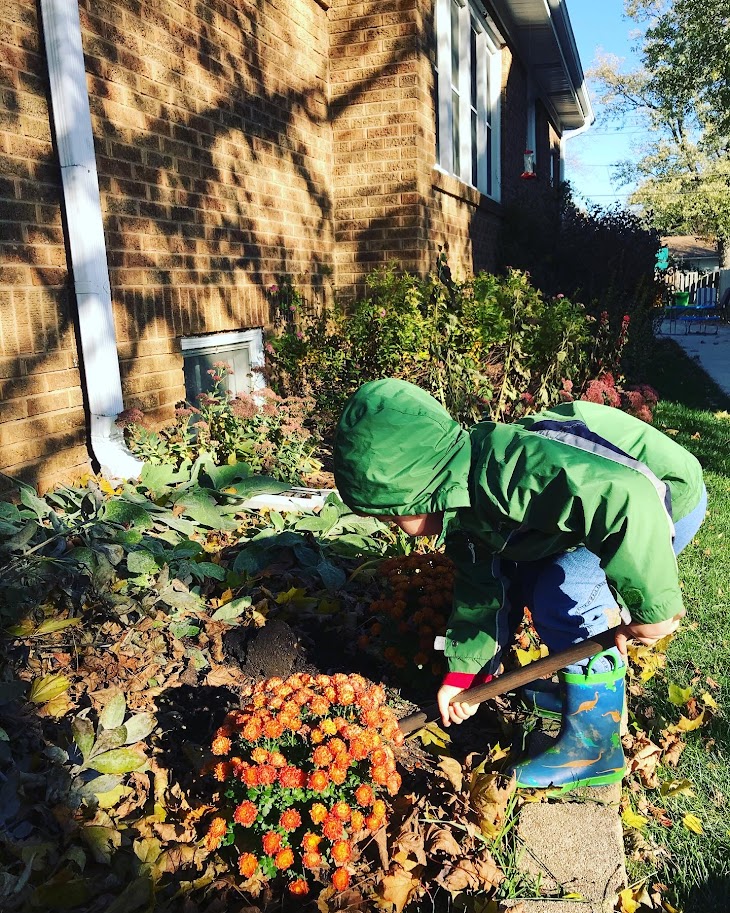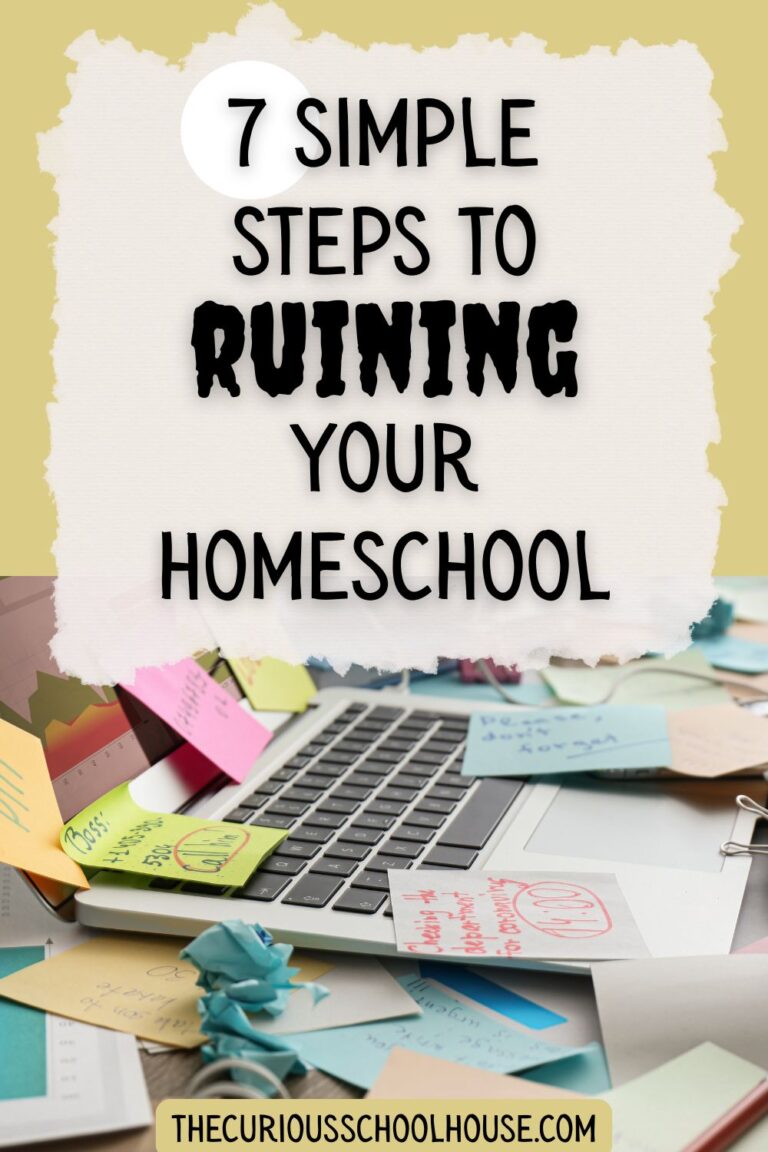Lazy Homeschooling
This is a sneaky method of education and I almost feel like a Homeschool Ninja when I see it happening in my home. You could also call it “intentional child-led schooling” or “efficient and hands-off parenting” or “occasional unschooling.”
There’s a fine line between efficiency and laziness, amiright? I walk this line often. The lazy side of me strives to be as efficient as possible at whatever I’m doing. Why take an hour to carefully and leisurely wash the dishes when you could hustle and get them done in 15 minutes? This is not always a good thing, unfortunately. I could work too fast and break a cup or miss a huge spot of grease on the frying pan (ask me how I know). Parenting, in particular, is not about “efficiency” and I often need to remind myself that children need time and children take time. If it’s a person we’re dealing with, connection and relationship is much more important than speed!
But – back to being a Homeschool Ninja! Here’s the deal: I’m starting to notice the ways that my children learn on their own, and I want to encourage that. There’s the obvious benefit in a large family: when a child is able to learn independently, I can devote my time & attention to something else. And believe you me, there is always, always, Something Else. Another benefit to child-directed learning is that it’s more effective. When you want to learn something, you learn it quickly and you remember it.
What I’ve noticed this year in the six weeks that we’ve been “back to school” is that our Home Environment strongly affects the way our children choose to learn independently.
In his bestseller, Atomic Habits, James Clear says “Environment is the invisible hand that shapes human behavior.” It’s actually, amazingly true, and what a gift for homeschoolers to realize that we can dramatically affect our child’s behavior simply by tweaking the environment (our home) in which they spend their entire day!

Yesterday I caught Little Brother working on math skills during his afternoon free play time. He didn’t know he was doing math – he noticed this wooden numbers board on our living room shelf and thought it would be fun to put in the wooden balls and count them. So he did! He carefully placed the balls in (fine motor skills), and then touched and counted each one to make sure it matched the number above (sensory learning, counting practice, and number recognition). Most importantly, he enjoyed it and found it interesting. This is why I only spend ten minutes doing “school work” with him in the morning – because I see him learning all day long, and I know that it’s just the kind of learning that he needs. More workbooks or more “listening to mom talk” would not add anything to his education.
So what can we change in our environment to encourage an atmosphere of independent learning? How can I be an intentionally lazy homeschooler who secretly coerces my children into teaching themselves?
(Side note: if this idea still feels uncomfortable, as in “You are shirking your responsibility to your children! They need you to actually sit them down and teach something!” let me assure you that, yes, I do indeed do that, as much as is needed. Understanding of fractions doesn’t generally come by osmosis. Also, as much as I enjoy using a provocative word like “lazy,” it’s not actually. It requires a lot of thinking, planning, evaluating, and praying about my children’s needs, as well as time & work to create and maintain their home environment. And furthermore – isn’t our ENTIRE GOAL in homeschooling to produce life-long learners, who will love books and continue to learn and teach themselves throughout their life? That is certainly one of my goals. Therefore, intentional “laziness” on my part, which encourages independent learning, fits perfectly with my long-term vision for my children.)
Here are a few ideas that have worked for our family.
Ideas To Encourage Independent Learning
– Strewing. Google it, if you’ve never heard of this! Lots of homeschoolers do it and talk about it. It’s basically leaving books or learning supplies out in your house and then observing to see what your kids do with them. You could leave out a new picture book or two or three and wait to see which one catches their fancy. You could put out a box full of empty toilet paper tubes, markers, and tape, and see how they decide to use them. You are actively and intentionally shaping the environment, but your child creates his own learning experience in a way that is meaningful to him.
– Rotate Learning Toys/Tools. We have some learning materials (basically toys, our kids don’t know the difference) out on shelves in our living room, ready to be played with whenever inspiration strikes. I also have some stored in closets and I will rotate them with the ones on display when I remember… which is not very often. But when I take out a long-lost toy/activity, the kids are always thrilled to see it again! Note to self: do this more often.

– Less Screens, More Books. I can have the best, most educational, non-GMO-organic-Waldorf-inspired-gluten-and-dairy-free learning materials beautifully laid out around my house, but if my children have a choice between that and a screen, guess who will win? Do your kids a favor and pack the screen away so it’s not even an option.
– Free Time. Again, no matter what I have set up around my home, if my child does not have a free moment from the time he wakes to the time I toss him in bed, it will do him no good. I need to give my boys hours of free play each day – not sports, not TV, not tablets – but time to be bored and look around and find something to play or hold or create or read.

If you need extra validation of this idea, just know that the queen, Charlotte Mason, talks about it too. She is often quoted as saying, “Education is an atmosphere, a discipline, a life” (emphasis mine). She also encourages “masterly inactivity” on the part of the teacher, which I would equate with Intentional Laziness. We’re still learning how best to apply these ideas for our children, but it’s so exciting to see moments when their own curiosity sparks learning!
Originally written September 25 2020






